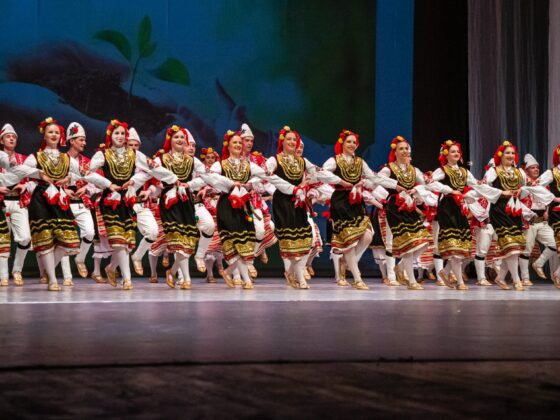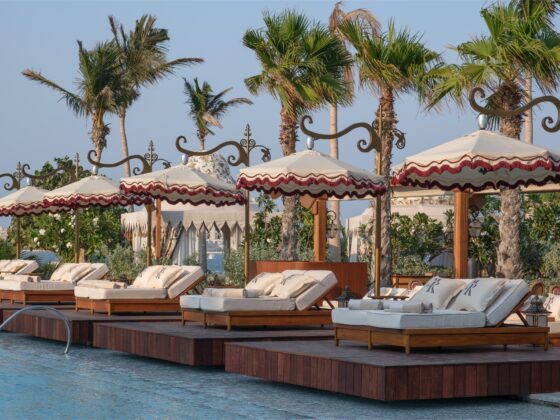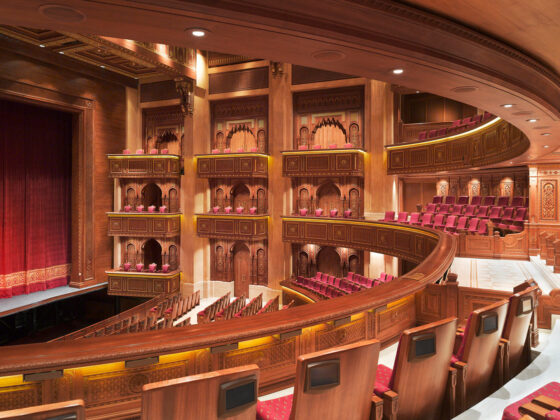by ANTARA BOSE
“Music is a moral law. It gives soul to the universe, wings to the mind, flight to the imagination, and charm and gaiety to life and to everything.” – Plato.
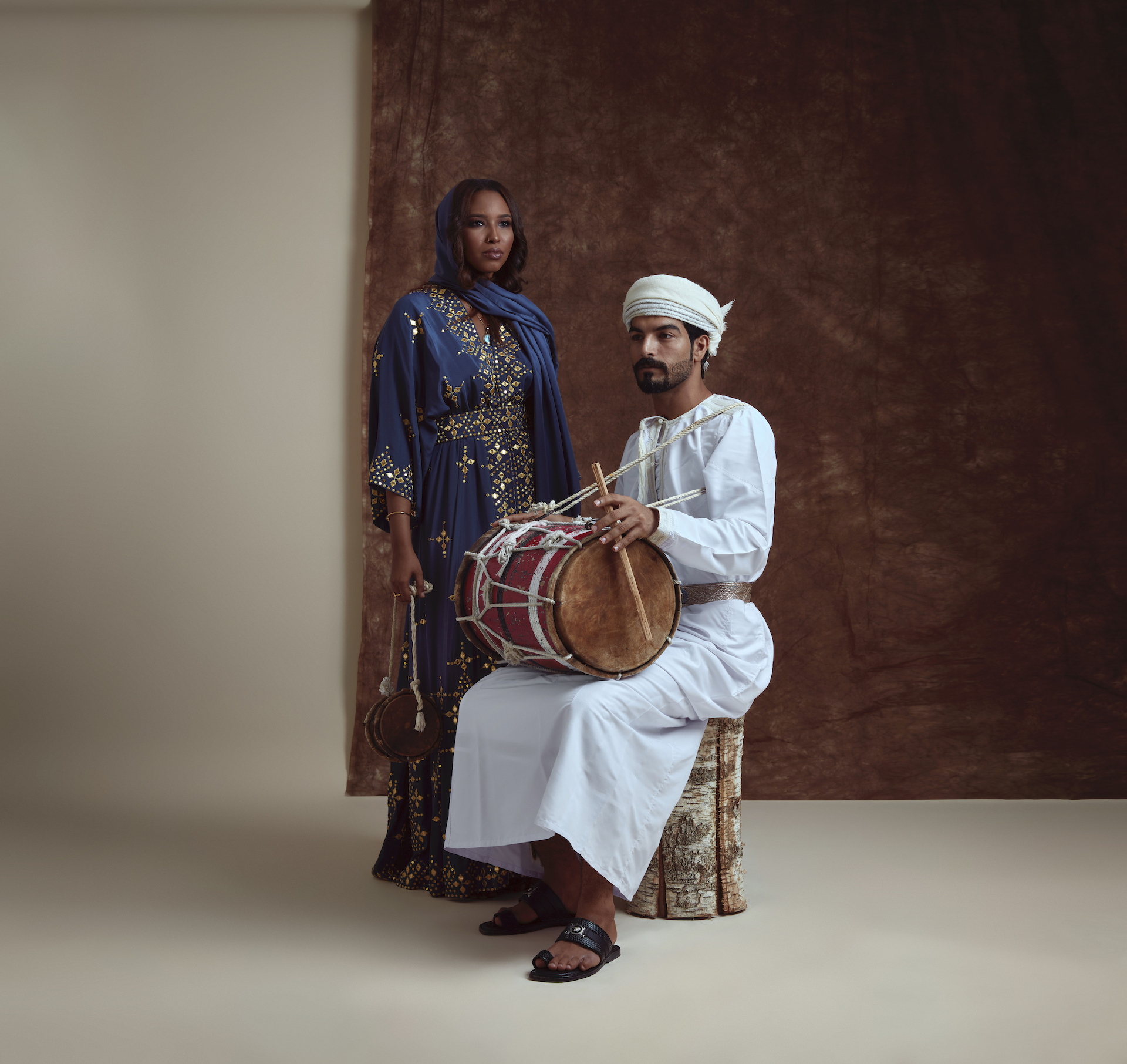
And indeed music is something that has stood the test of time, often evolving to include a new chord, a new beat or an expression of words. But what these timeless pieces hold on to is the core elements of a symphony composed by sometimes unknown creators who have left their sweet signature in melodies that later mark history as traditional folk music.
So is the history of Omani folk music. Talking to Musellem Al Kathiri, the Director of Oman Centre for Traditional Music, we learn that that the Sultanate had a passionate love towards music since bygone times – when creations didn’t need a copyright, when life was simpler, and music was just the expression of the soul. The soulful melodies of Oman’s ancient musical compositions and heritage still remain anonymous and even have unknown origins. The intellectual property rights of these melodies are, therefore, open to the public and performed by everyone. And every time these instruments and songs come together, it is a magical walk down memory lane for the audience.

A legacy passed down over hundreds of years (because humans have a tendency to yearn for heritage, and a stronger urge to protect it, preach it, and practice it), the evolvement of the country over different periods is indicated through the folk music and dance. “Omani folk music is Oman’s cultural identity to the outside world, because it is our musical identity that has been inherited from generations, which justifies the existence of music and how it is natural for human beings; because people are creators of art, and music is considered the food of the soul,” says Al Kathiri.
The musical culture of Oman is also reflective of its multi-ethnic background. The result is a unique style that arose from a symbiotic amalgamation of a variety of musical and dance genres influenced by Indian, East African, and Persian culture. Oman belongs to the Oriental/Eastern music system by virtue of its geographical location. What distinguishes it from others is that it’s rhythmic and is not created according to the Arabic music system (as can be found in Iraqi and Egyptian music). Omani folk music is composed according to the theory of rhythm and is accompanied with dance which forms an essential part of the performance.
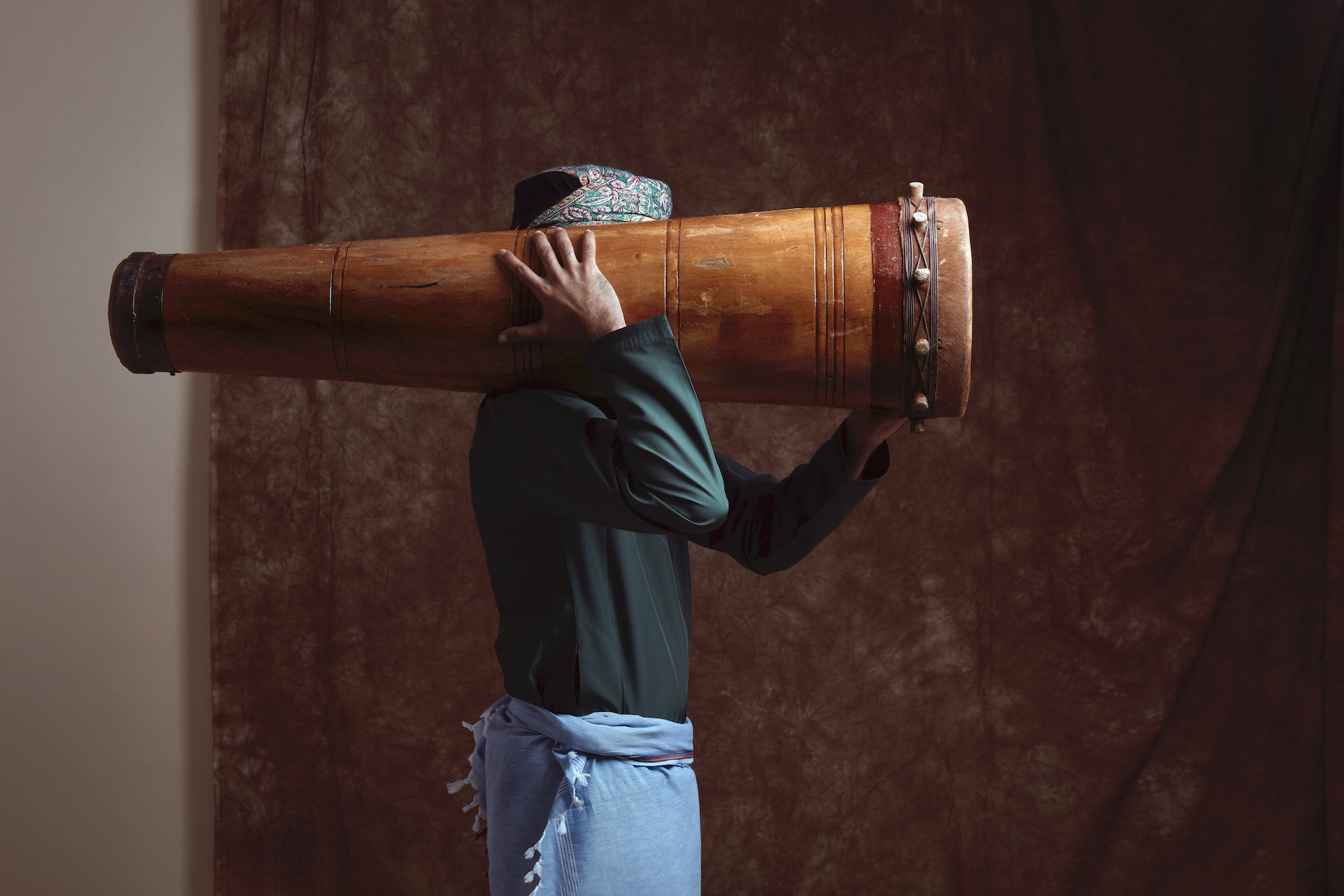
Strongly influenced by its geographical boundaries and terrains, much of the music draws inspiration from the sea and desert. Oman’s rich maritime history also finds its harmonious component in the music and dance of the Alrazha. Traditionally, it was often performed before or after a war or a sea voyage; however, today the Alrazha is popular as a sendoff to the newlyweds. To reinstate just the kind of effect the sea voyages had on the Omani men, a glimpse of the Maidan dance music performed by the people of Sur are worth a mention. The performance comprises of six sea music dance genres – the galfat shobani, which shows the strenuous upkeep of a large boat; the shallat al-baura, or the act of pulling an anchor, the nazag sheraa, which points to the hoisting of a large sail, the shambi, which refers to the entertainment onboard in the form of plays, and the yarah mashumah, which means rowing a small boat, all accompanied with ṣawt music.
Though the Alrazha is the most common and remains unaltered through the regions, there are other dance forms that are typical to only their wilayats (governorates). The south of Al Batinah is known for the art of Liwa, while Buraimi is distinguished by the Al Ayal. In Musandam, it is called Riwah and is exclusive only to the people of this region. Holding a special place in the hearts of its people, what sets it apart is that it does not have any poetry or singing, and is solely performed by a large number of men. As the morning performance differs from that of night, each man has his own drum and leads this act at a different time. The name of the act also changes depending on the time it is performed.
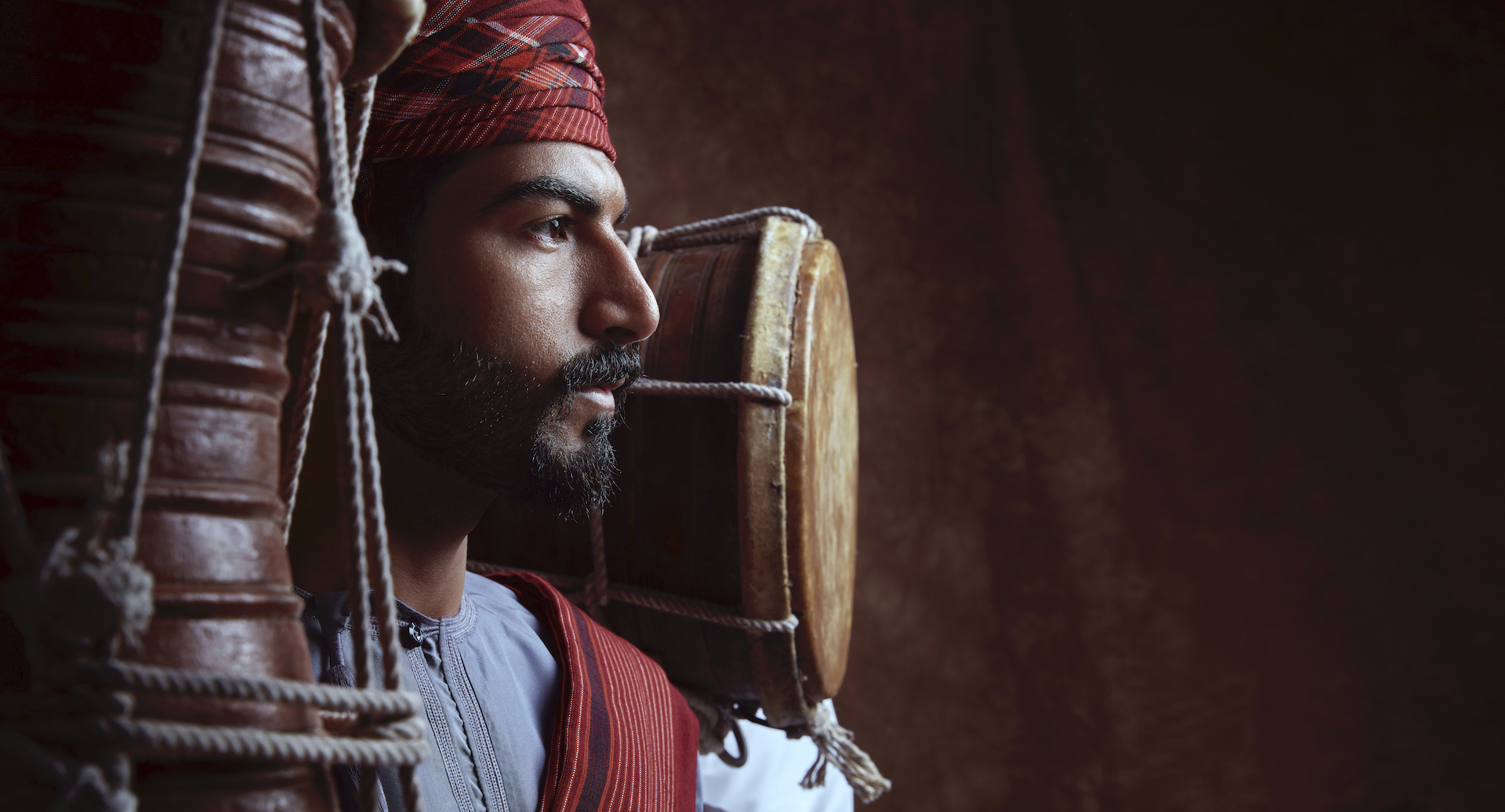
There are over 130 known forms of traditional songs and dances practised across the country. In olden times, this was passed down from one generation to another by oral transmission and practical communication rather than written verses or musical notations. Since the renaissance, new technological advancements made it easier to preserve the ancient culture, and the compositions and performances started being recorded through sound and image. Now it is relived in private and public celebrations.
With a strong love for traditional music, His Majesty established the Oman Center for Traditional Music in 1985. 35 years in running, the centre pays homage to the origins of Omani traditional music and related cultural practices. The centre is a library/archive of audios of more than 50,000 documents which are recorded by sound and image. It represents traditional music from different parts of Oman. Field surveys are also conducted on a timely basis to observe how these practices have evolved in various governorates indicating how society has embraced a more contemporary style of music and dance.
Today music has become a part of the educational system – students are not just taught the history, but also encouraged to learn what their ancestors once mastered so beautifully. Associations dedicated to spreading the love for music have been established, such as the Oman Oud Hobbyist Association.
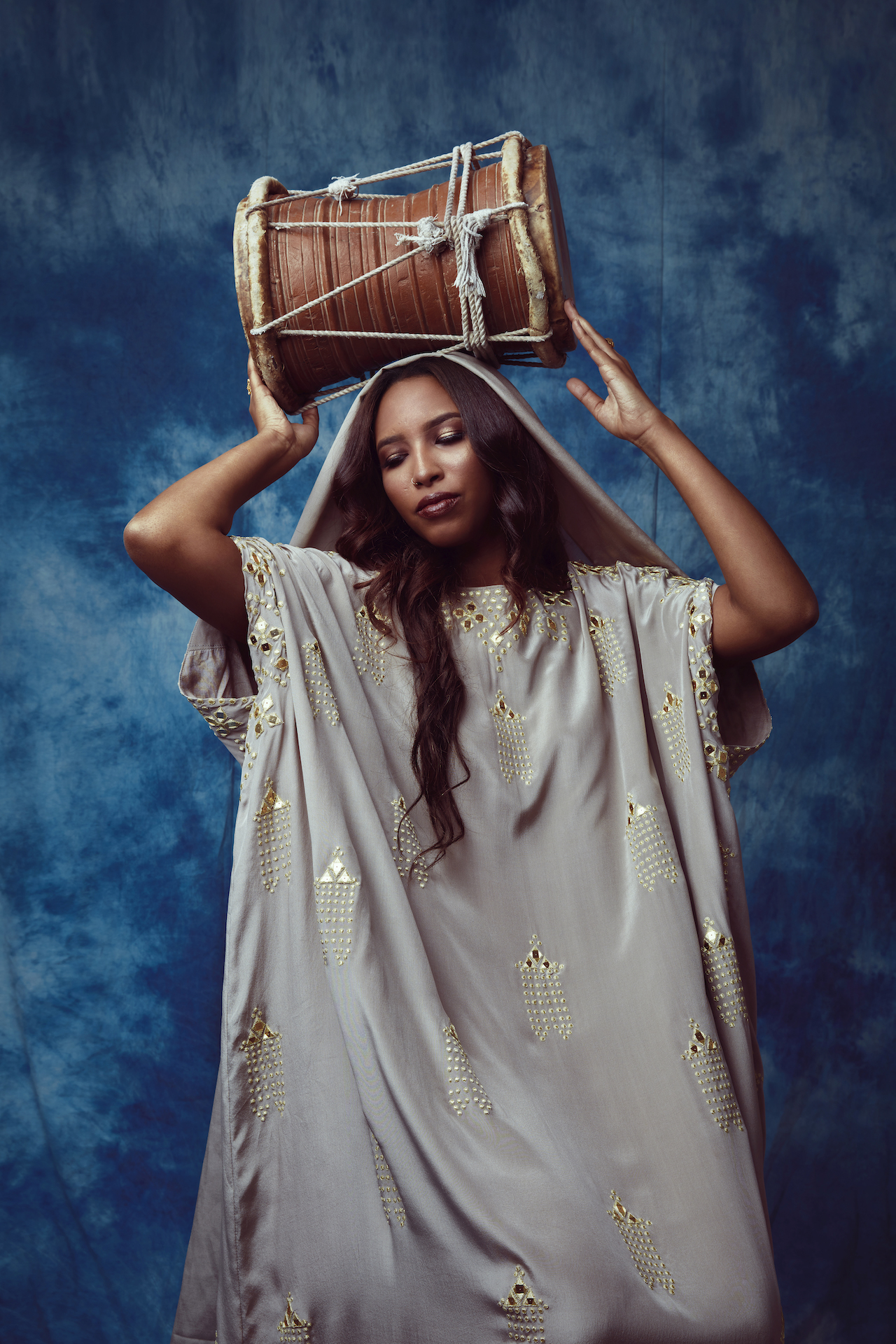
The Royal Oman Symphony Orchestra (ROSO) which, under the patronage of His Majesty, performed its inaugural concert in the auditorium of Al Bustan Palace Hotel on July 1987 has come a long way since. After hundreds of private and public, domestic and international concerts, the ROSO performed for the first time in 2007 at the Young Euro Classic Festival in Berlin where they were well-received. Their music is a beautiful blend of traditional Omani folk music interspersed with strong western techniques. The ROSO also plays at the Royal Opera House in Muscat, which was inaugurated in 2011.
Three traditional Omani dance forms, Alazi, Alayalah, and Taghrodah, have now been recognized by the UNESCO Intangible Cultural Heritage. Oman’s participation at the World Congress of Dance held in Athens was another milestone for the Sultanate’s traditional dances.
A country that has earned itself a strong cultural identity with its unique music style, its devotion to keeping traditions alive, and its willingness to fondly embrace the modern take on music by its youth, one can be assured that playing audience to an authentic Omani musical concert is something that will leave a resounding memory.
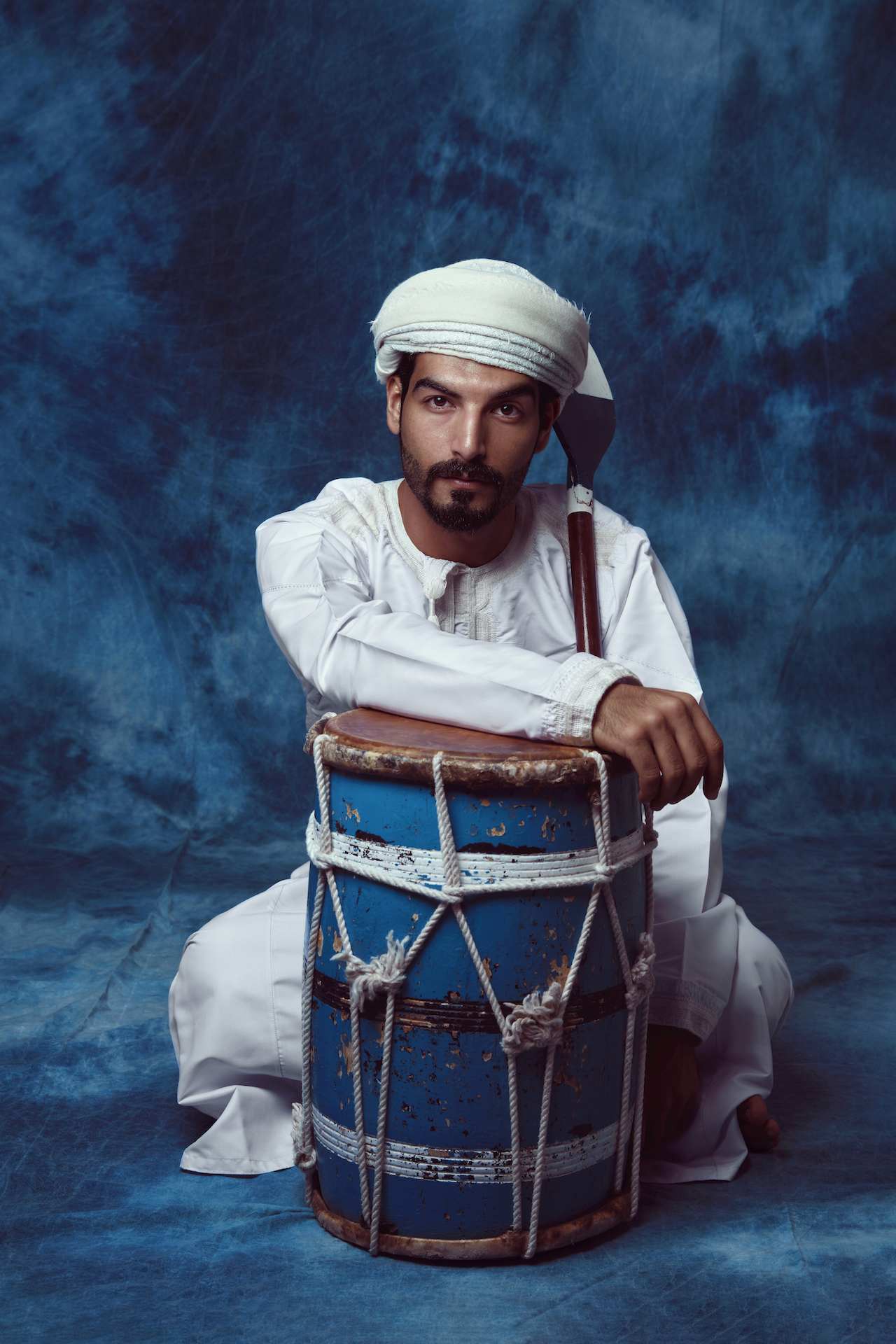
Instruments Used by Omani Musicians
Rahmani – One of the most important instruments, the deep, soulful beets of the rahmani drum finds its place in different types of events. Historically, it was used by the marines, but today it has found its way into other pompous social occasions. In Dhofar, the rahmani is sometimes called the mahga.
Kasir – The kasir is essentially the same instrument as the rahmani, but on occasions when the rahmani is being used only for rhythmic embellishment, it may be called a kasir. The kasir, in this case, is made to produce a lighter sound than the rahmani as it is meant to only add flair to the music and not act as the main beat.
Kasir al Qasir – This drum is a smaller variant of the Kasir (almost half the size). Drummers usually play with sticks, but it can also be played using both hands. It is almost always accompanied with songs.
Kasir al Mufaltah – Also known as the flat kasir, it is shorter in length than the kasir al qasir (quarter of the size of a kasir). Its diameter is similar to the kasir al qasir and therefore produces a more high-pitched sound. Players usually compete with this instrument, raising it up in one hand and beating the drum with the other.
Qirba – Similar to the Scottish bagpipe, this instrument became popular in the early 1970s. However, the music produced by this unique instrument is quite different from those of the traditional bagpipers. This string bagpipe has numerous pipes that give rise to a steadier hum. The player blows into the pipe (which acts as a store) and then the air is pushed into the various melodic pipes, thus producing an uninterrupted tune.
Tambura – A six-string instrument with its influence tracing back to Africa, this bowl lyre is also called fann at-tanbura or nuban. The strings are called ‘khiyut’ and are beaten with a horn. Apart from the oud, the tambura is Oman’s only known chordophone.
Oud – Probably one of the most well-known instruments in Arabic music, the oud has a short, wooden neck and is generally made up of five or six strings.
Rababa – Considered the ‘mother of all string instruments’, this instrument comes in different versions with one, two, or four strings. The Omani version boasts of a single string and is called the rababit ash-shair. Though one might find a resemblance to a violin, the rababa is however played by placing the instrument vertically on the player’s thigh. One of the more ancient instruments, the rababa once formed an integral part of Oman’s music but doesn’t feature as much in the present times.
Qassaba – More easily identified as a simple flute, the qassaba was often used to accompany Omani folk songs.
Surnay – Essentially a wooden oboe, the surnay comes in either a single or a double reed. Considered as one of the few melodic instruments, it traces its root to Baluchistan, spreading from Oman all throughout the Arabian Peninsula.





